Kinesiology Exam 1: Joint Motions
1/23
Earn XP
Description and Tags
Joint motions with pictures.
Name | Mastery | Learn | Test | Matching | Spaced |
|---|
No study sessions yet.
24 Terms
Movement of the ankle so the foot moves downward is called
plantar flexion
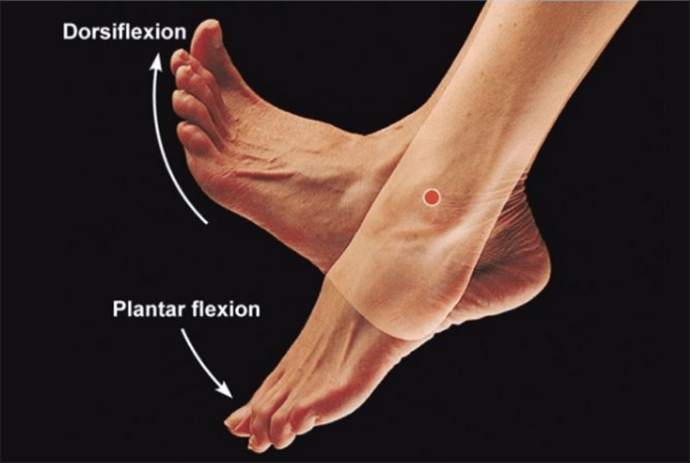
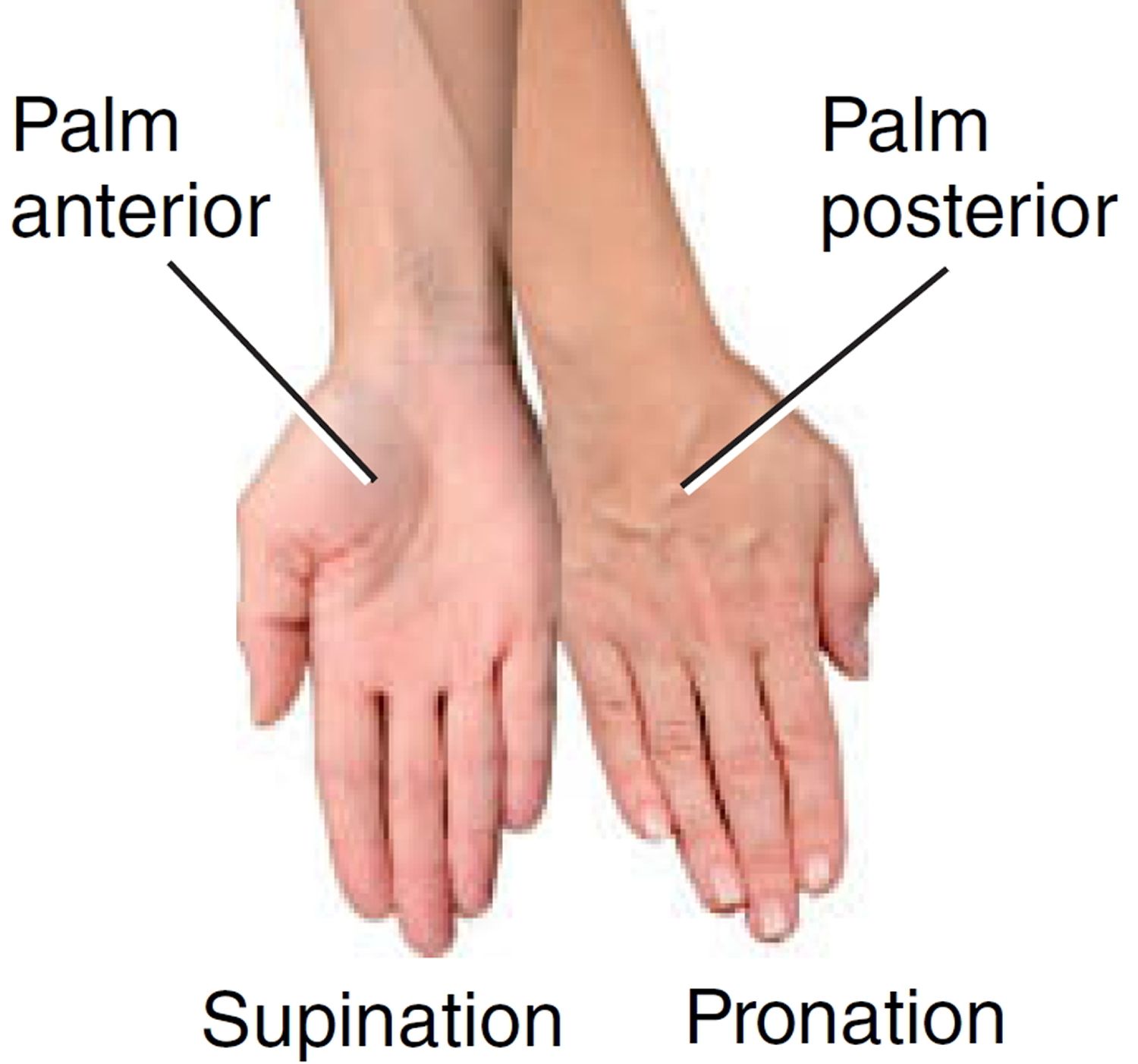
Turning the forearm so the palm faces forward is called
supination
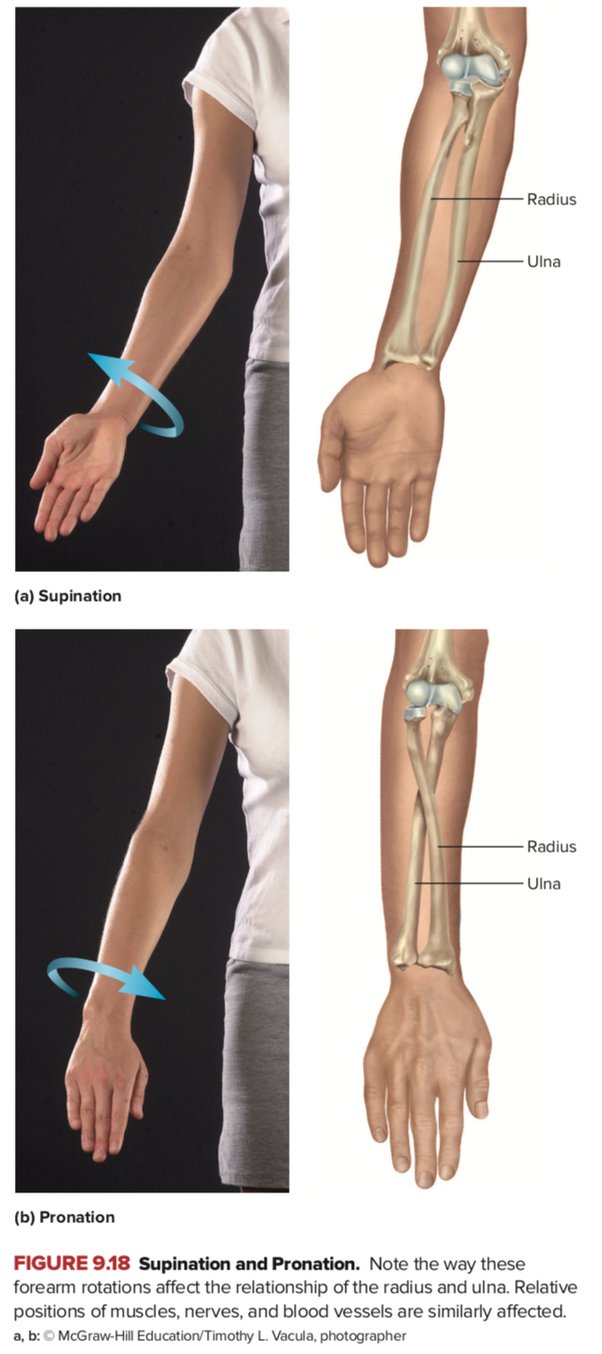
The bending movement of one bone on another in the SAGITTAL plane so that the body moves away from fundamental position is called
flexion
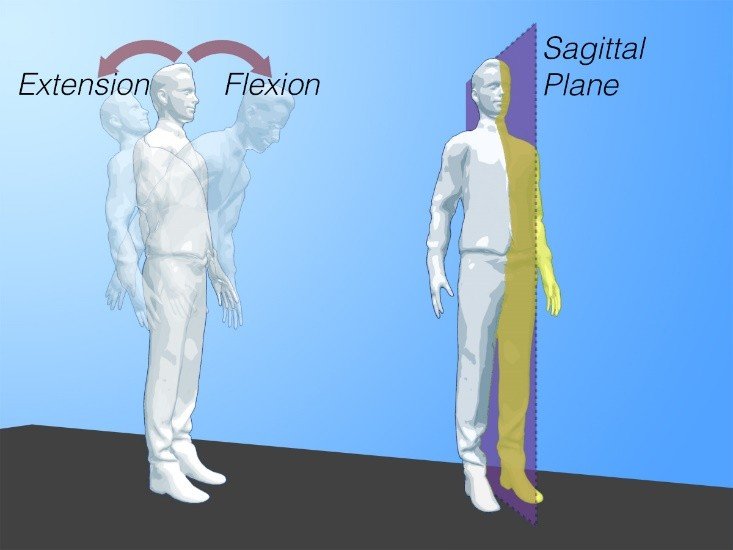
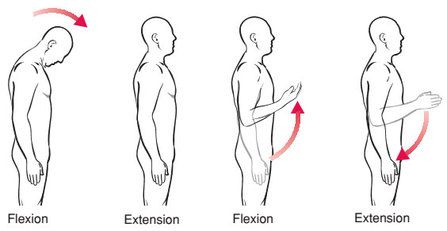
The straightening of one bone on another in the SAGITTAL plane so that the body moves toward fundamental position is called
Extension
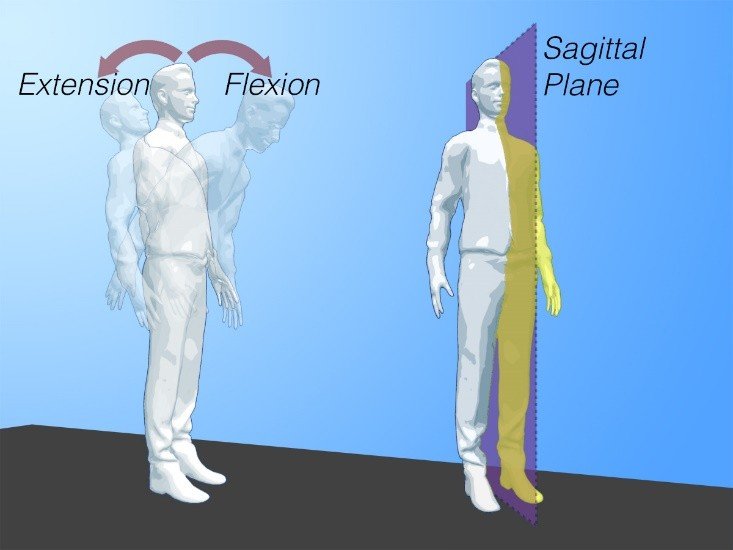
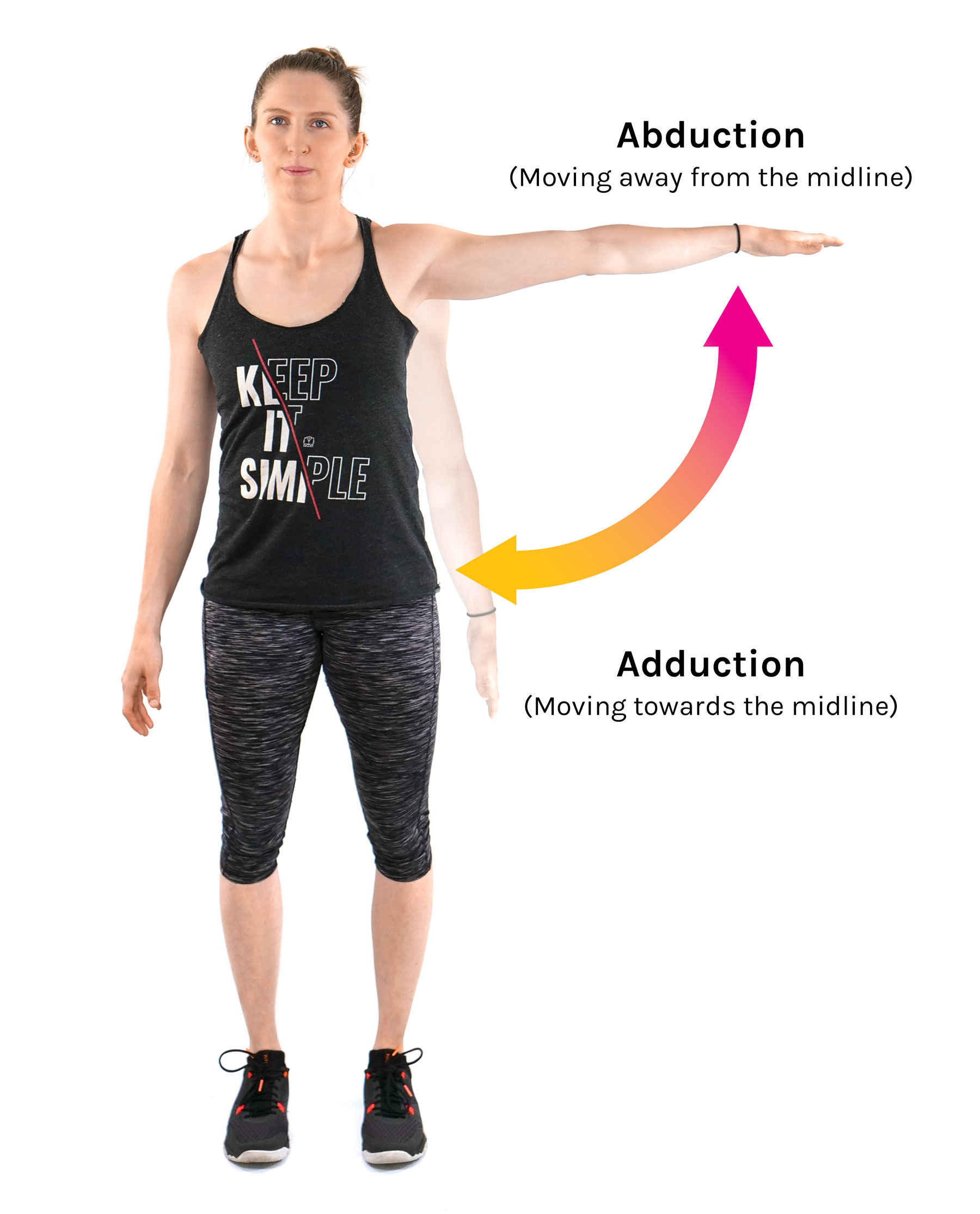
Movement away from the midline of the body in the FRONTAL plane is called
abduction
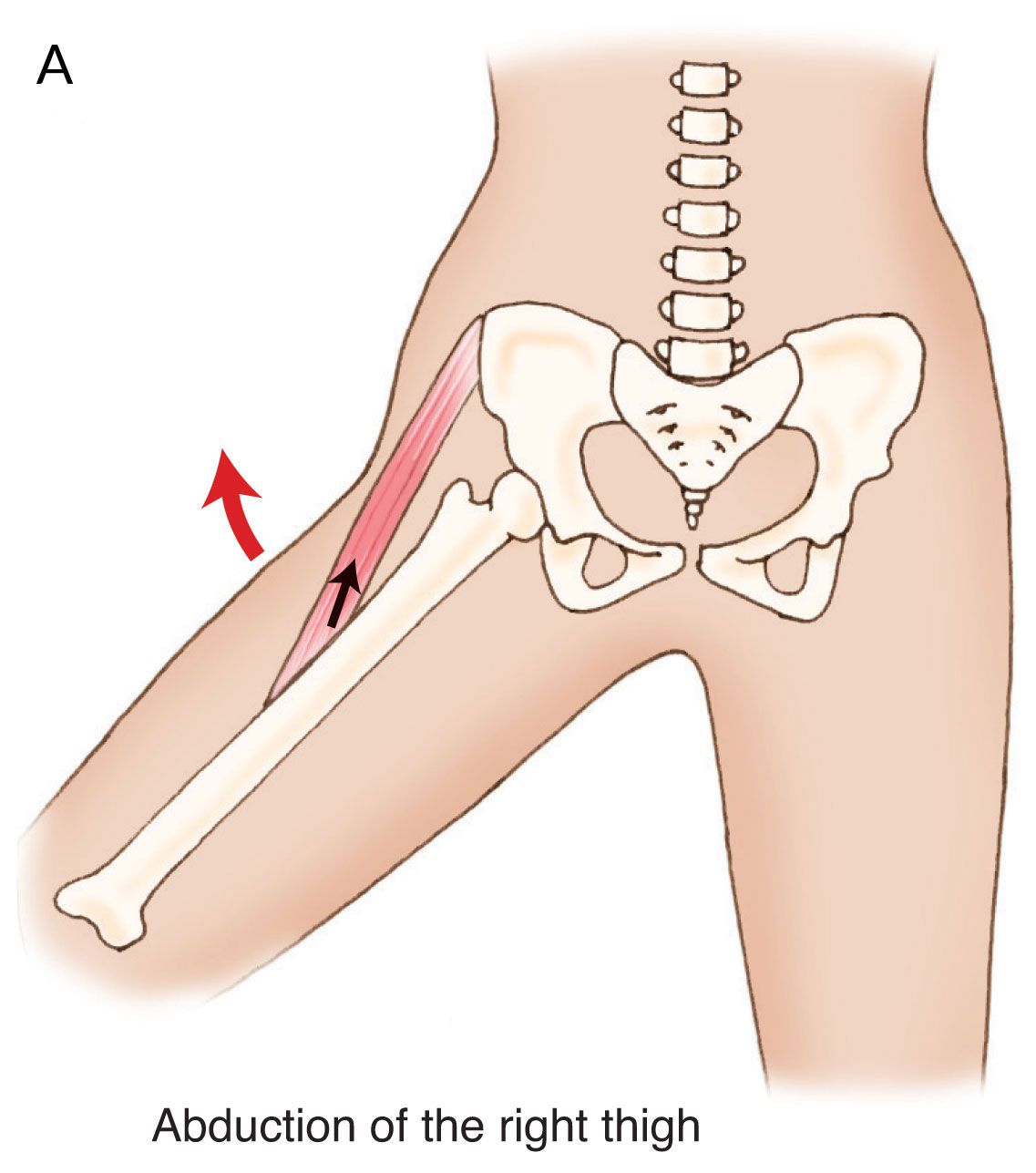
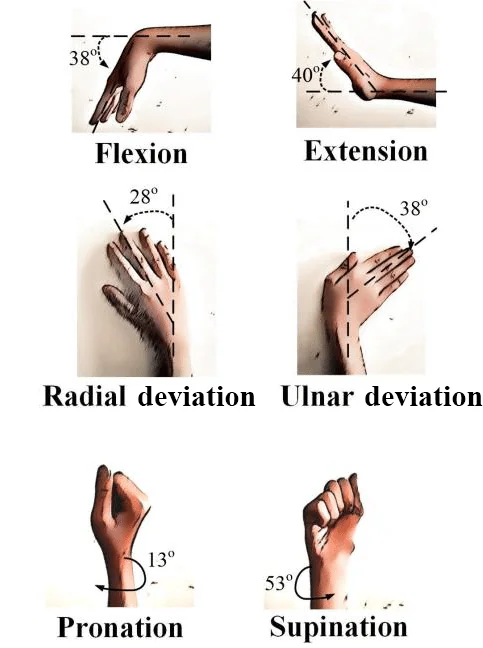
Movement of the wrist toward the thumb side of the hand is called
radial deviation
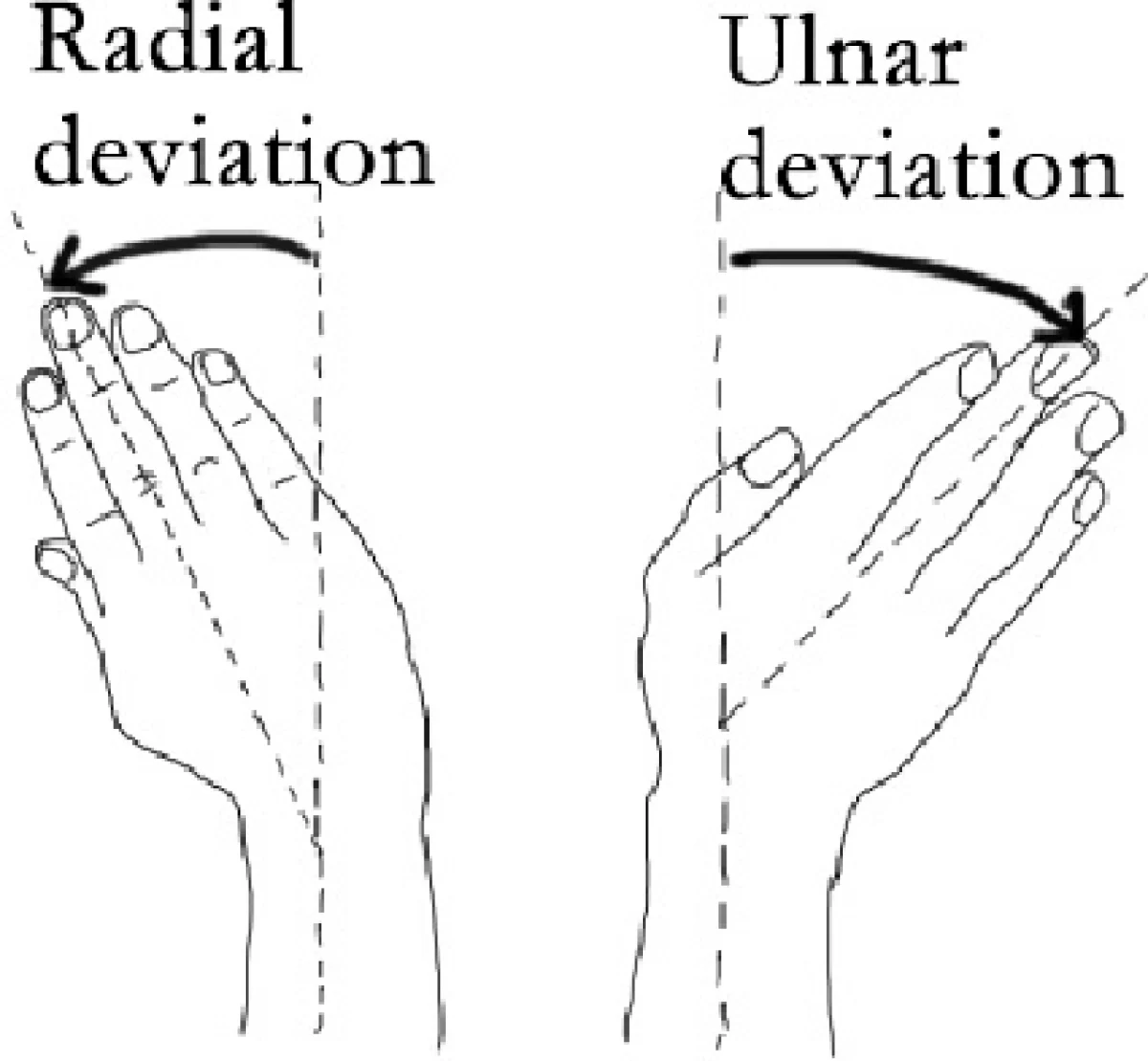
Movement toward the midline of the body in the FRONTAL plane is called
adduction
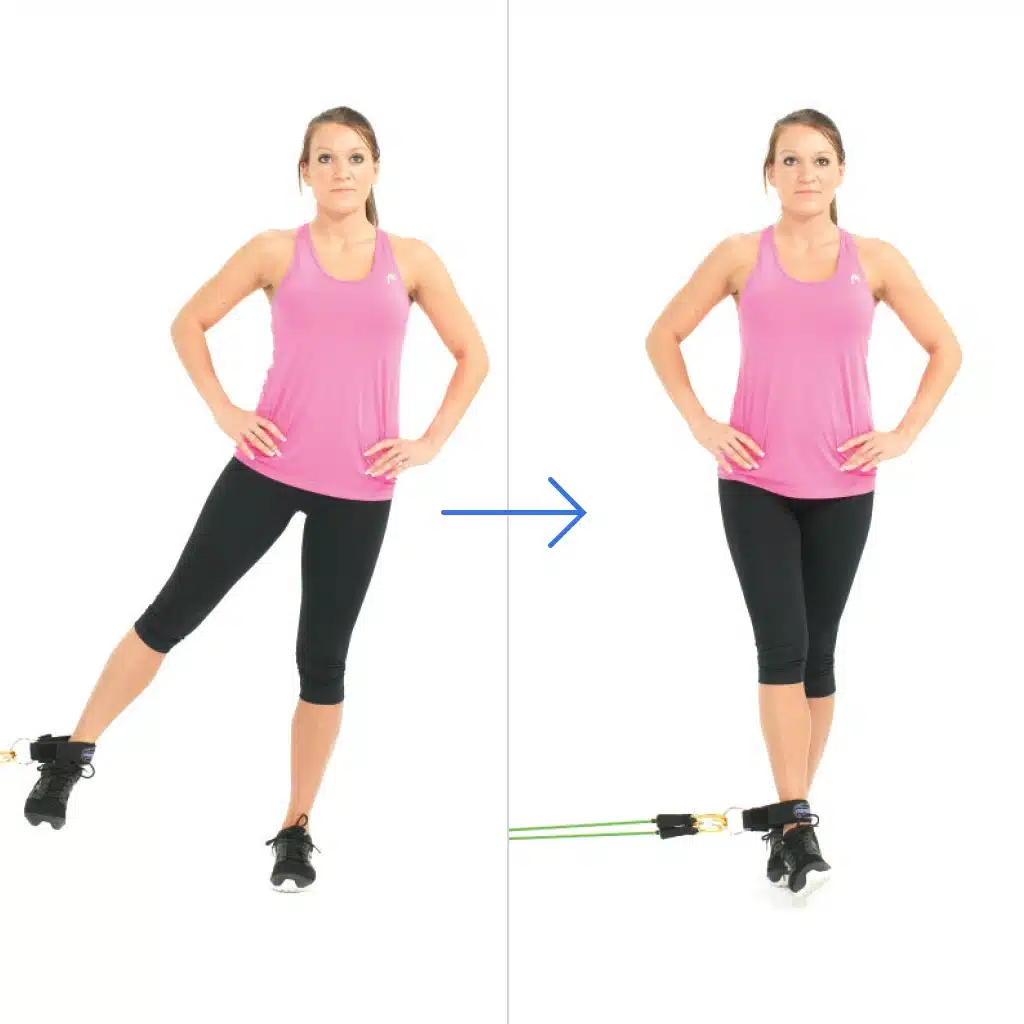
Movement around a longitudinal axis is called
rotation
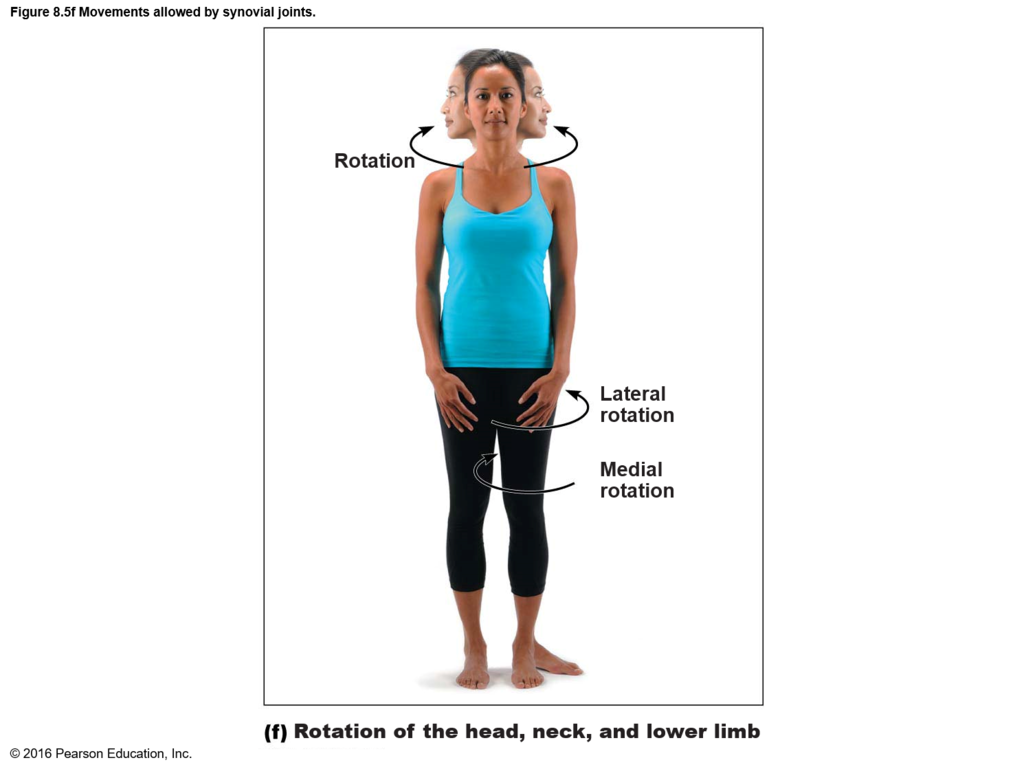
Movement of the trunk or neck sideways in the frontal plane is called
lateral bending
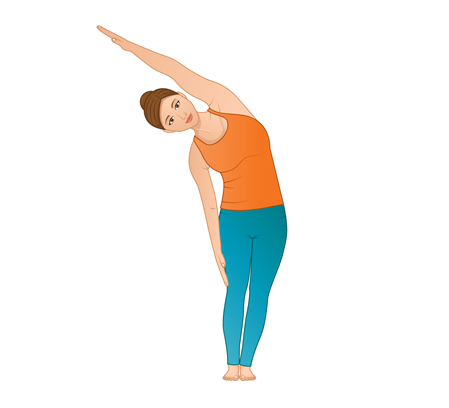
Movement of the ankle so the foot moves upward is called
dorsiflexion
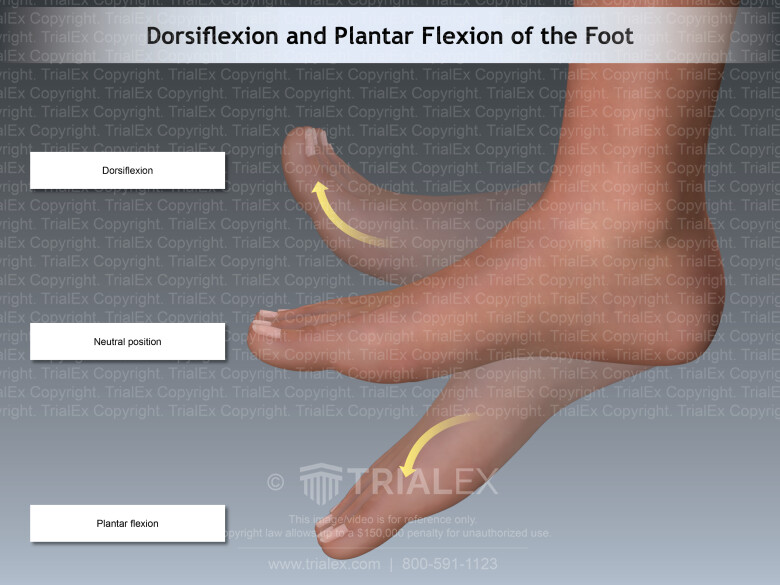
Turning the ankle so the sole of the foot faces outward is called
eversion
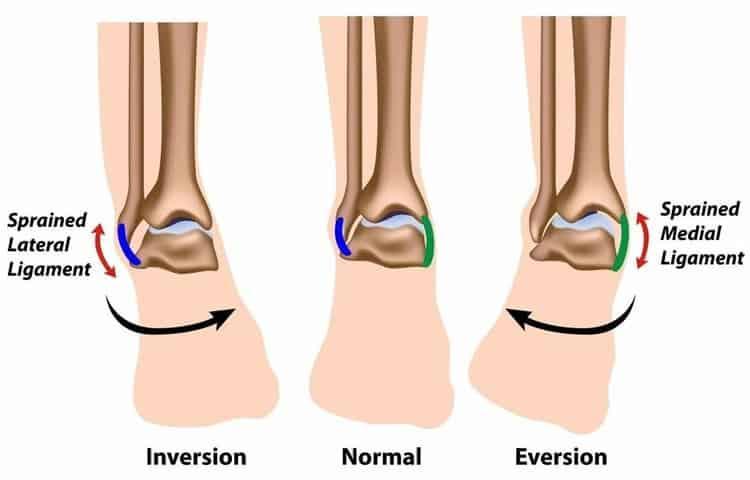
Movement of the wrist toward the little finger side of the hand is called
ulnar deviation
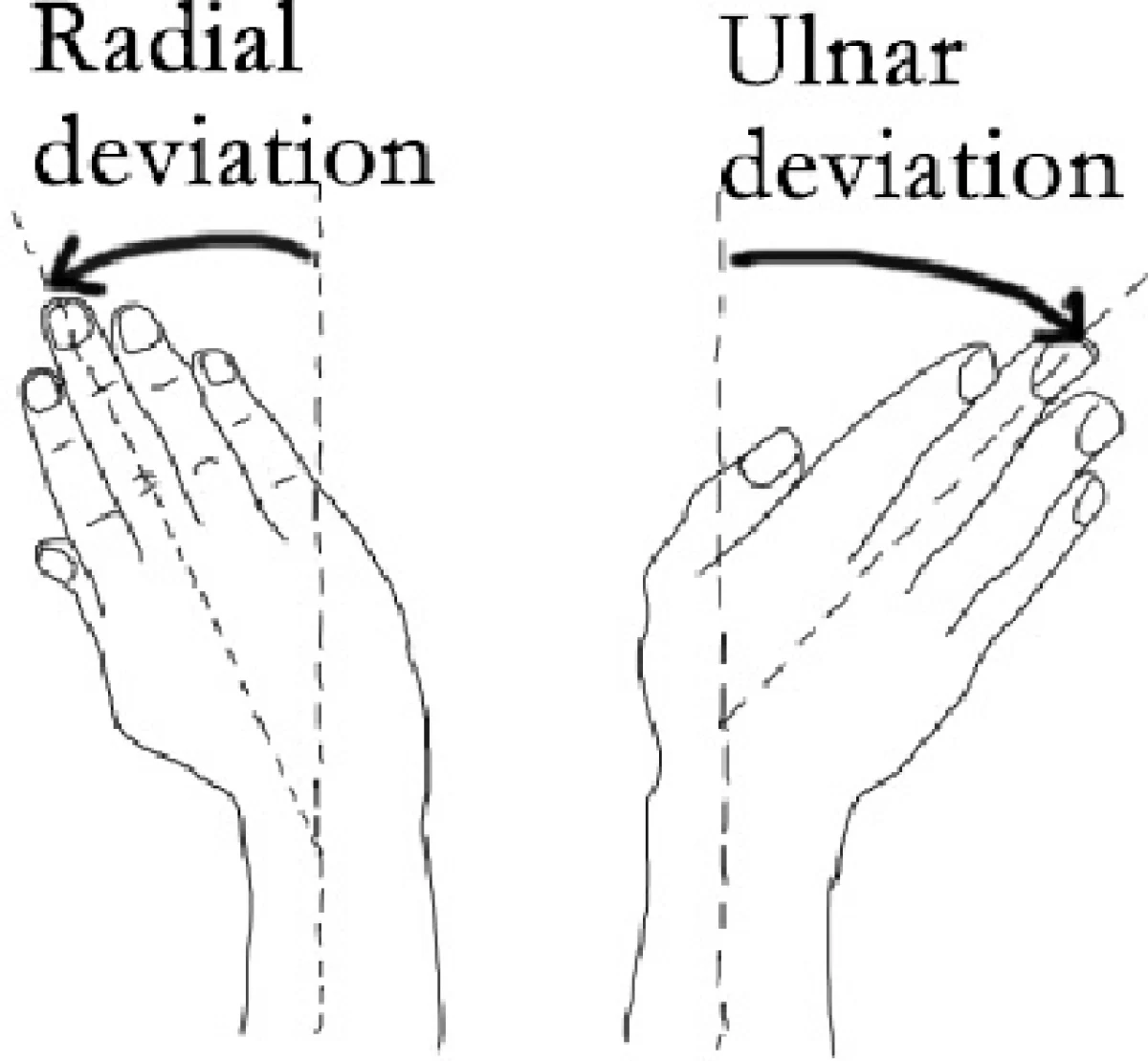
Turning the ankle so the sole of the foot faces inward is called
inversion
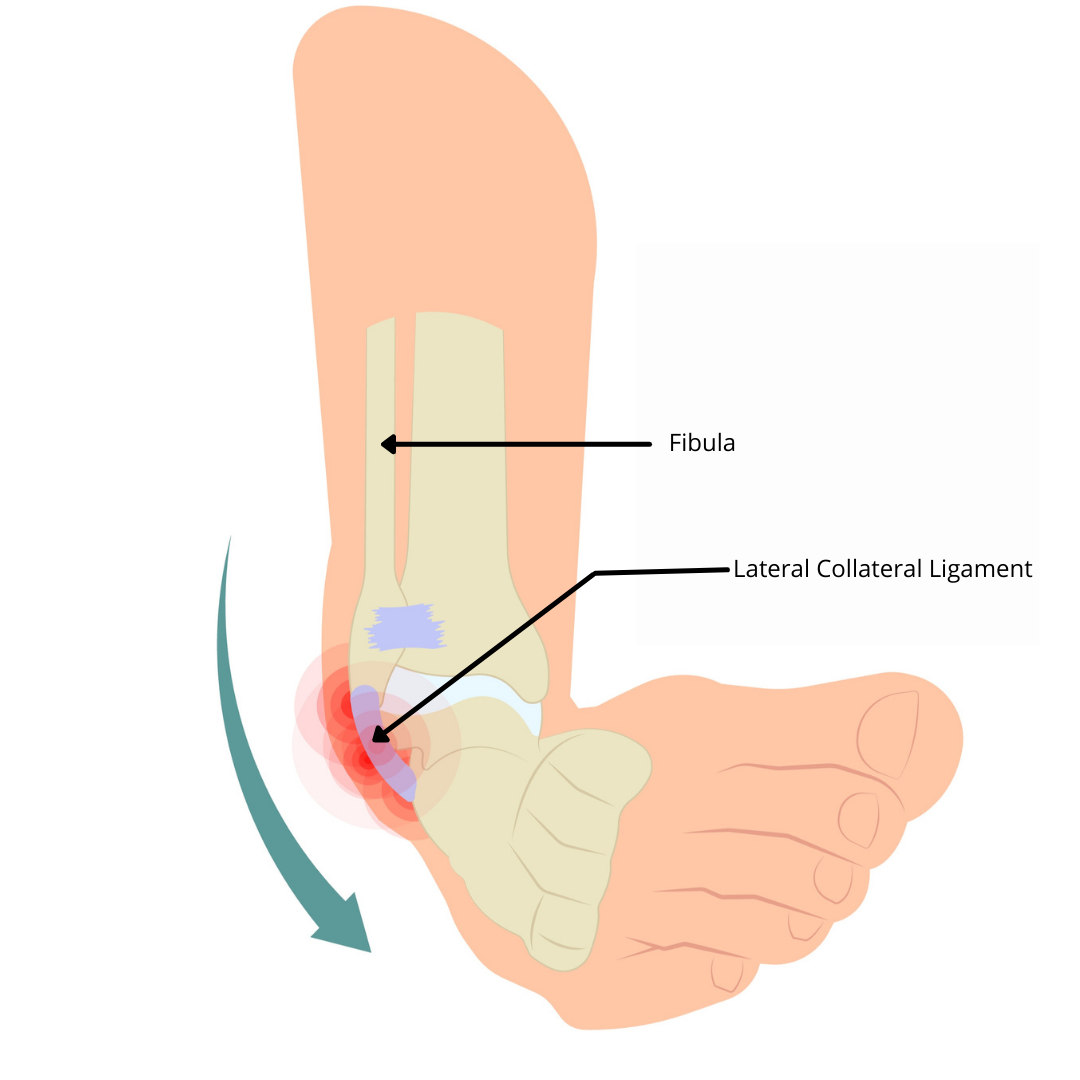
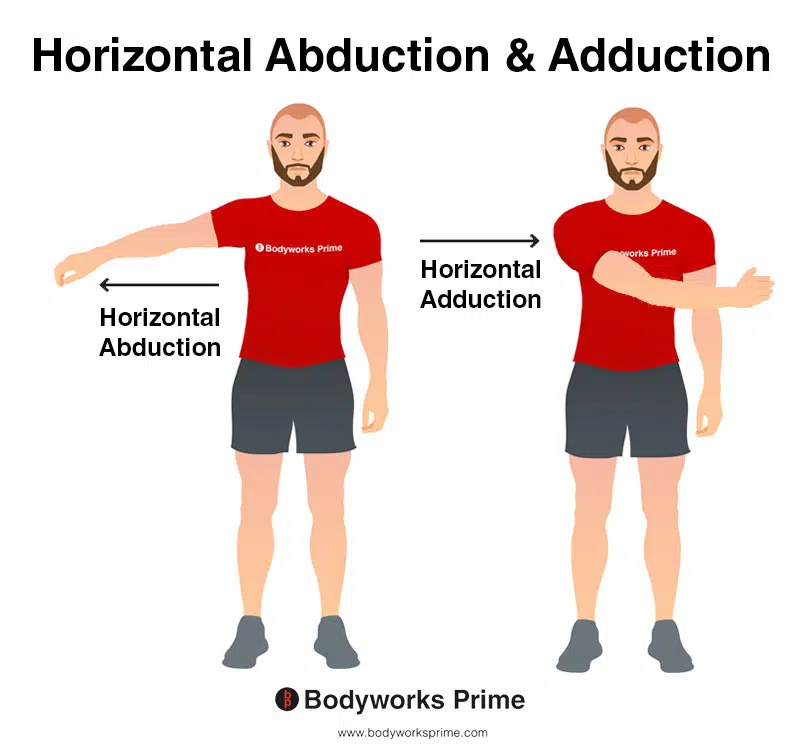
Movement toward the midline of the body in the TRANSVERSE plane is called
horizontal adduction
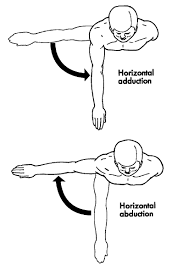
Turning the forearm so that the palm faces backward is called
pronation
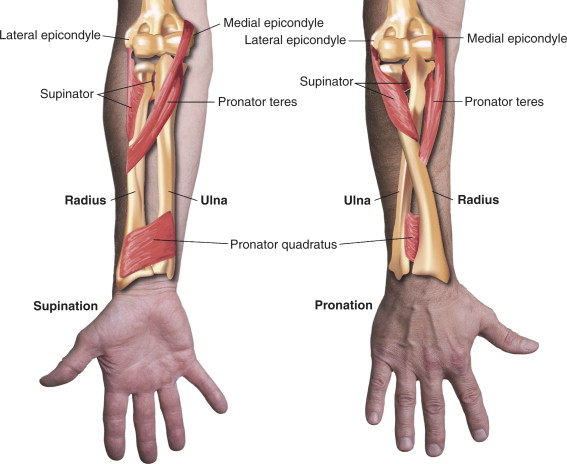
Movement away from the midline of the body in the TRANSVERSE plane is called
horizontal abduction
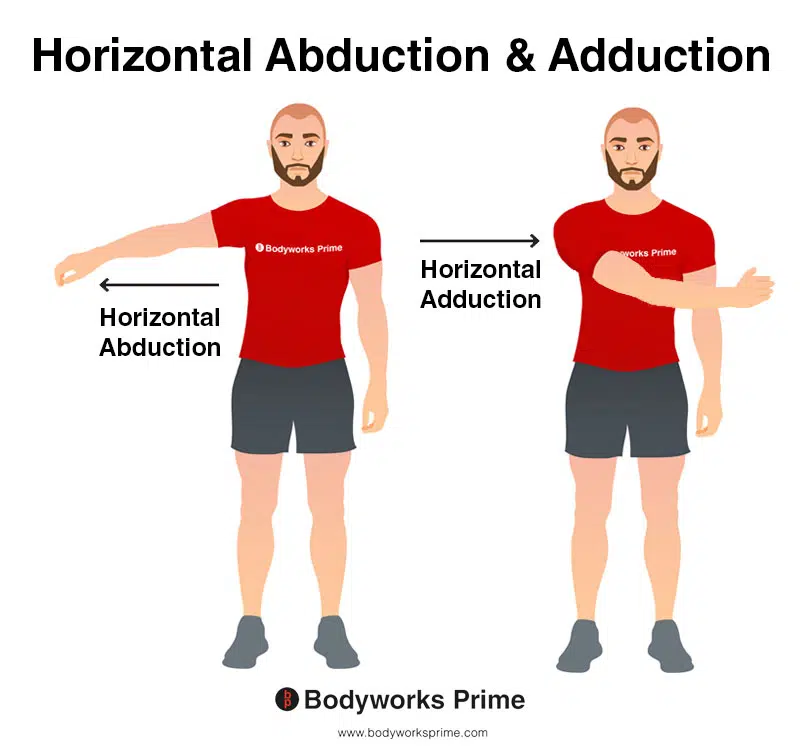
Name that motion that occurs in the opposite direction to flexion.
extension

Name that motion that occurs in the opposite direction to extension.
flexion
Name that motion that occurs in the opposite direction to abduction.
adduction
Name that motion that occurs in the opposite direction to medial rotation.
lateral rotation
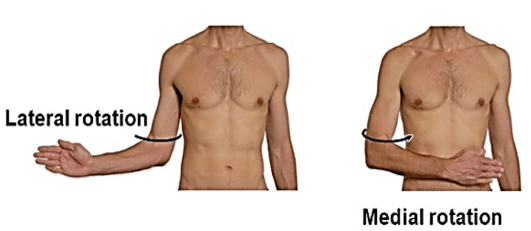
Name that motion that occurs in the opposite direction to lateral rotation.
medial rotation
Name that motion that occurs in the opposite direction to horizontal abduction.
horizontal adduction
Name that motion that occurs in the opposite direction to horizontal adduction.
horizontal abduction